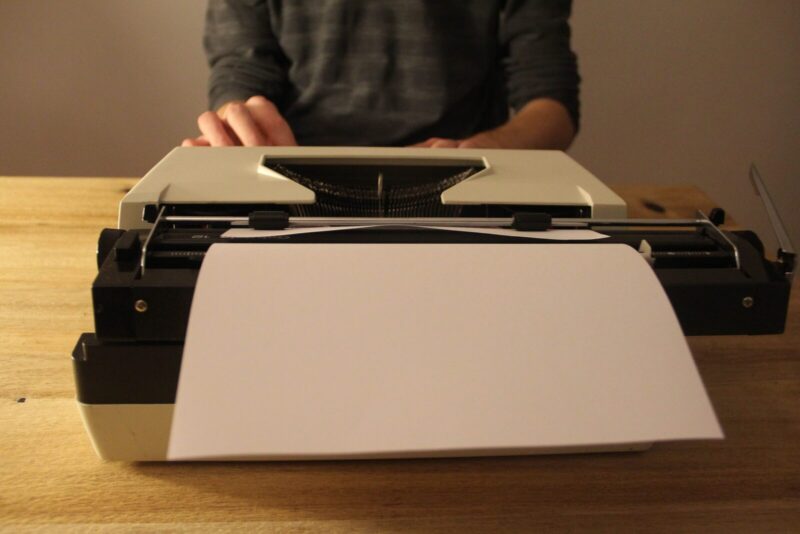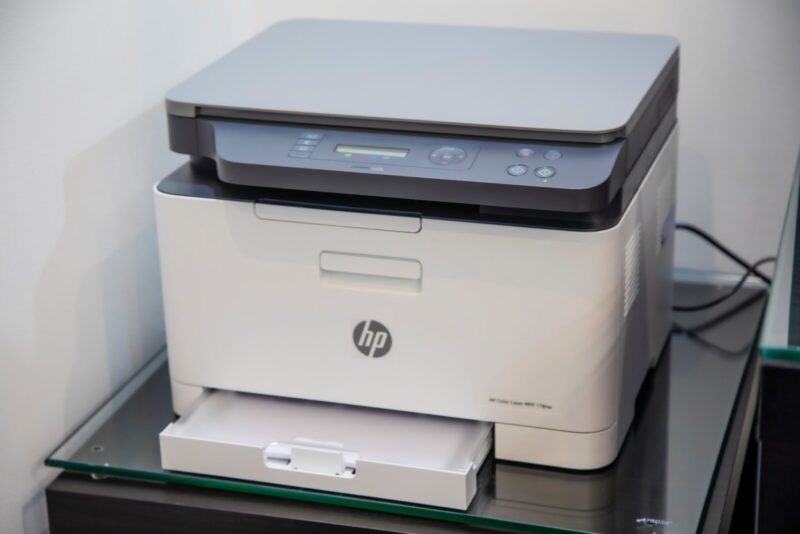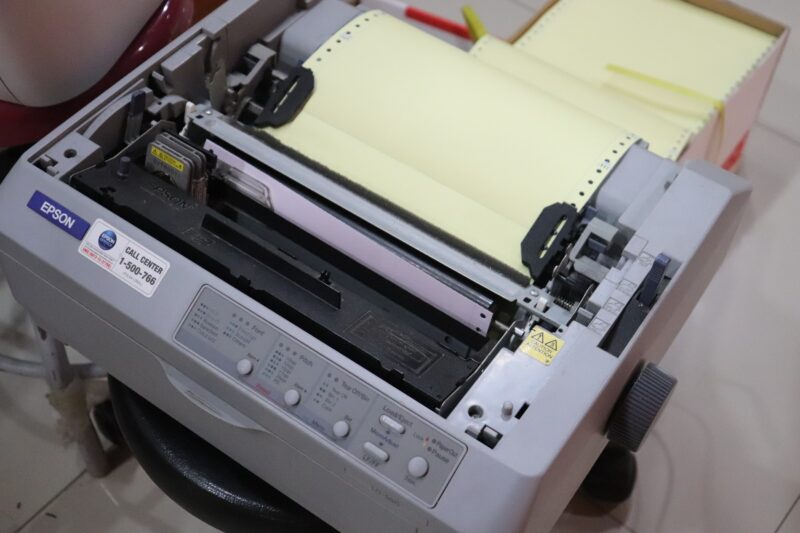Printing and document management can be a daunting task, but with the help of the right software, it can be made much easier. In this article, we’ll take a look at some of the best options for printing and document management software and how to optimize and improve your workflow with them.
The Importance of Document Management

Printing and document management can seem like a daunting task, but by following these simple tips you can improve your efficiency and ensure that your documents are always in order.
- Use a centralized system for tracking all of your printing jobs. This way, you can easily find the document that you’re looking for and avoid having to search through multiple folders.
- Store all of your printing documents in a single location. This way, you’ll be able to access them quickly and easily without having to search through different folders.
- Use an electronic job ticketing system to keep track of your printing jobs from start to finish. This way, you’ll be able to see exactly what was done and when it was done, which will save you time and money in the long run.
- Use automatic document archiving to keep your printing documents for future use. This way, you’ll never have to worry about losing important information due to a fire or other disaster.
- Use checklists to make sure that all of your printing jobs are completed properly and on time. This will ensure that you’re always meeting your expectations and achieving maximum efficiency.
The Different Types of Printing

Printing is an essential part of the business. From reports to marketing materials, printing is an important part of any organization. However, it can be time-consuming and expensive. The right printing can help your business save time and money.
There are three main types of printing: off-line, on-line, and digital.
- Off-line is when documents are printed using a print server or printer that is not connected to the internet.
- On-line is when documents are printed using a print server or printer that is connected to the internet.
- Digital is when documents are printed using a print server or printer that uses digital technology to produce prints.
When choosing which type of printing to use, it is important to consider your needs and goals. For example, if you need to print a large number of documents quickly, on-line may be the best option for you. If you only need a few copies of a document, off-line may be more cost-effective. Additionally, it is important to consider the speed at which you need your documents printed. If you need your documents quickly, digital printing may be the best option for you.
It is also important to consider the type of print media that you will be using. For example, digital printing can produce prints in a variety of formats, including PDF, JPEG, TIFF, and EPS. Off-line printing can only print in PDF or TIFF formats. Additionally, digital printing can save time by allowing you to print multiple copies of a document at once without having to print them one at a time.
How to Optimize Printing for Your Business

There are a few key things to keep in mind when optimizing your printing and document management processes for your business. By following these tips, you can ensure that your documents are correctly printed, delivered on time, and remain in good condition.
1. Use a systemized approach to printing
Creating a systemized approach will help you keep track of all the documents that need to be printed, as well as the dates and times they need to be printed. This will also make it easier to find documents when they need to be printed.
2. Have accurate documentation of print jobs
Track the date, time, and printer used for each print job. This information will help you determine whether prints were completed on time and whether any problems occurred during the printing process.
3. Use digital printers if possible
Several digital printers now allow you to print both text and graphics without having to convert them first. This saves time and allows you to avoid potential problems with file compatibility.
4. Utilize document management software
This software can help you keep track of who has access to which documents, as well as when they were last modified. This will help avoid problems with printing and document security.
5. Use centralized print facilities
If your business requires a large number of prints each day, it might be advantageous to centralize the printing process at one location. This will help ensure that all prints are completed on time and that there are no problems with file compatibility.
Managed print services are the most cost-effective way to print and deliver your documents.
The Benefits of Document Management Systems
Document management systems (DMS) are a great way to organize and optimize your printing and document management. They can help you:
- Streamline your printing process by automating common tasks, like sending files to the printer or tracking print jobs.
- Enhance your organization by keeping track of which documents are edited, approved, or waiting for someone else.
- Reduce the risk of losing important documents by creating a centralized record of who has access to which files.
There are many different DMS options available, so it’s important to choose one that fits your needs and expectations. Here are some tips for choosing a DMS:
- Consider what resources you want to manage. A basic system will manage documents, but a more comprehensive option may also include tracking office supplies and equipment.
- Think about how you’ll use the system. Do you need to share files with other people in your office, or only keep track of your documents?
- Consider budget constraints. Some systems are free while others require a fee.
Conclusion
Printing and document management can be a daunting task, but it doesn’t have to be. Keep these tips in mind the next time you need to print something or generate a report – they’ll help make things run smoother!


